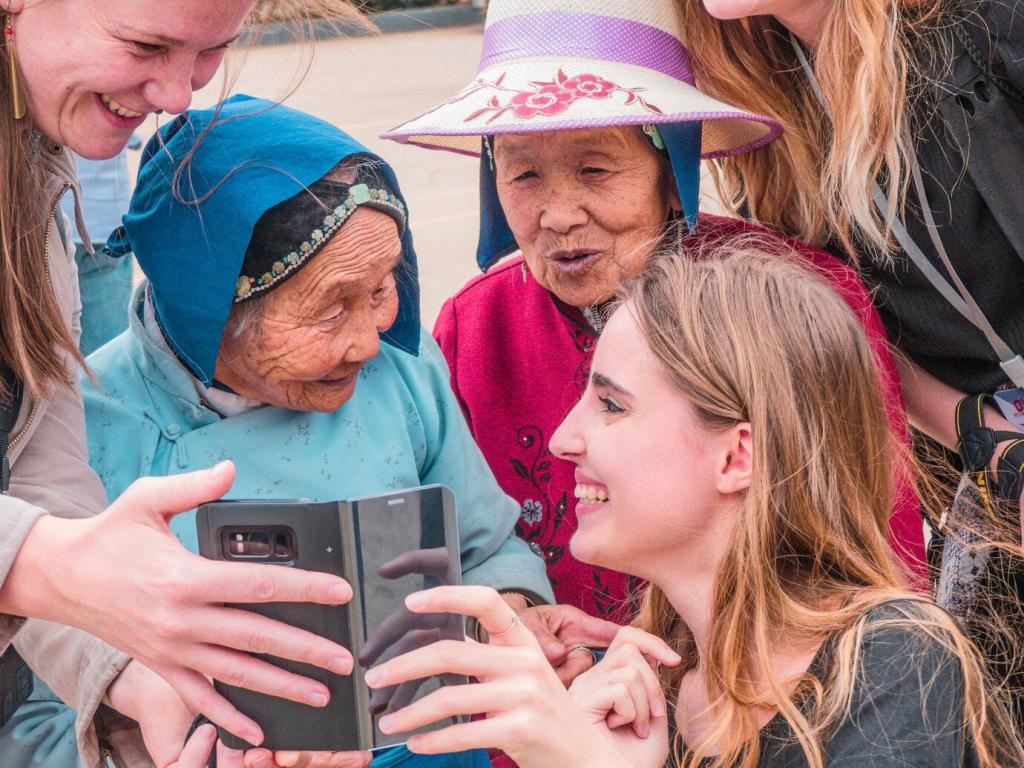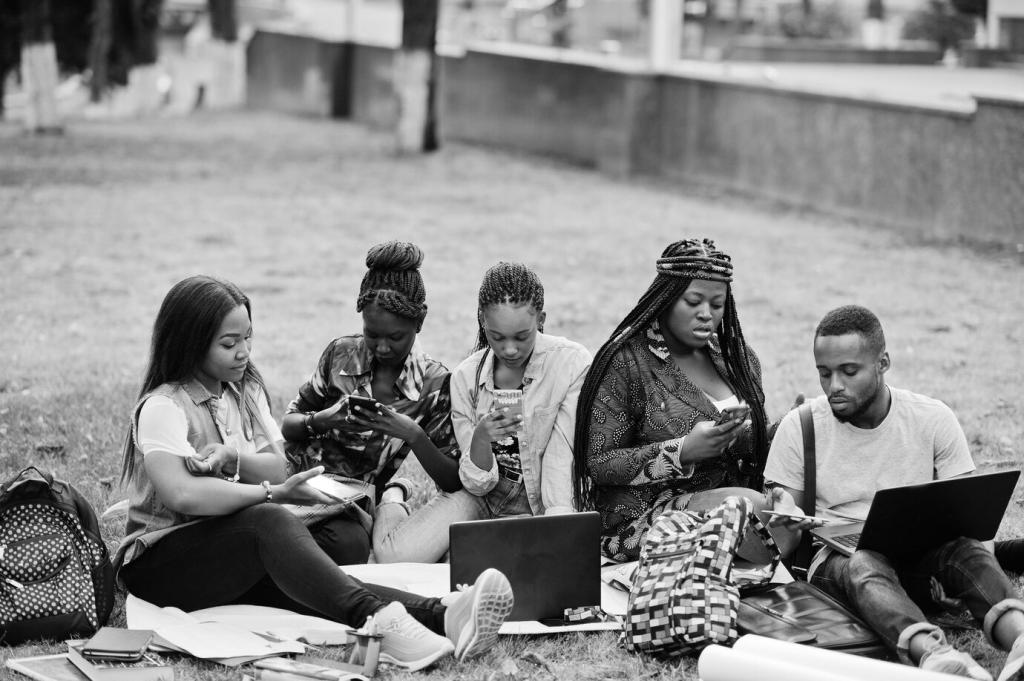Measuring Impact and Keeping Momentum
Provide a simple reflection page: Today I learned, I felt, I wondered. Revisit entries after several festivals and notice evolving perspectives. Encourage children to write thank-you notes to culture-bearers. Share one journal sentence—no names needed—that shows growth, and tell us which prompt sparked your child’s most thoughtful response.
Measuring Impact and Keeping Momentum
Invite quick surveys about inclusivity, accessibility, and meaning. What worked? What needs adjustment? Use feedback to plan the next celebration thoughtfully. Start a rotating committee with clear, welcoming roles. Post a short reflection from your community—one win, one wish—so other readers learn how to build stronger, kinder events together.
Measuring Impact and Keeping Momentum
Keep festival learning alive with monthly story circles, language moments, and recipe shares. Display children’s questions on a wonder wall and revisit them. Integrate small rituals—greetings, songs, maps—into daily routines. Subscribe for printable prompts and share one micro-ritual your family adopted that keeps cultural curiosity glowing, gently and consistently.
Measuring Impact and Keeping Momentum
Lorem ipsum dolor sit amet, consectetur adipiscing elit. Ut elit tellus, luctus nec ullamcorper mattis, pulvinar dapibus leo.




